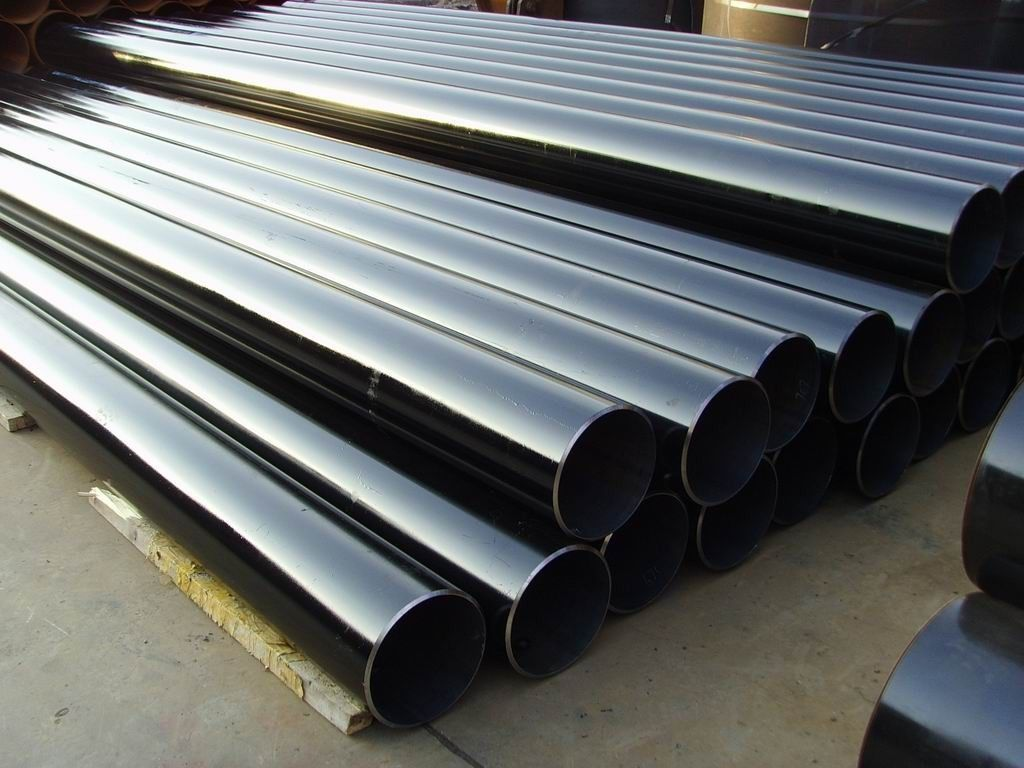-
Cangzhou Yulong Steel Co., Ltd.
-
Phone:
+86 13303177267 -
Email:
admin@ylsteelfittings.com

Aug . 14, 2024 22:19 Back to list
An Overview of Various Types of Pipeline Welding Techniques and Their Applications
Understanding Pipeline Welding Types
Pipeline welding is a critical process in the construction and maintenance of pipelines that transport liquids and gases, including water, oil, and natural gas. Given the essential role these pipelines play in modern infrastructure, selecting the appropriate welding type is vital to ensure structural integrity, safety, and durability. This article will explore the various types of pipeline welding techniques, highlighting their applications, advantages, and considerations.
1. SMAW (Shielded Metal Arc Welding)
One of the oldest and most widely used welding techniques in pipeline construction is the Shielded Metal Arc Welding (SMAW), also known as stick welding. This method utilizes a consumable electrode coated in flux to create an electric arc between the electrode and the workpiece, melting both to form a joint. SMAW is particularly advantageous in outdoor environments and for welding thick materials. Its portability makes it ideal for fieldwork, where access to electricity may be limited.
2. GMAW (Gas Metal Arc Welding)
Gas Metal Arc Welding (GMAW), commonly referred to as MIG (Metal Inert Gas) welding, is another popular method in pipeline construction. This technique uses a continuous solid wire electrode fed through a welding gun, alongside a shielding gas to protect the molten weld pool from contamination. GMAW is known for its speed and efficiency, making it suitable for pipeline projects that require high productivity. However, this method is best suited for clean, controlled environments due to its sensitivity to contaminants.
3. FCAW (Flux-Cored Arc Welding)
pipeline welding types

Flux-Cored Arc Welding (FCAW) is similar to GMAW but employs a tubular wire filled with flux, which protects the weld pool from atmospheric contamination. FCAW can be done with or without external shielding gas, making it versatile for different working conditions. This type is especially useful for welding thicker materials and is commonly used in heavy-duty pipeline applications. Its ability to provide deep penetration and higher deposition rates makes it a preferred choice for many pipeline construction projects.
4. GTAW (Gas Tungsten Arc Welding)
Gas Tungsten Arc Welding (GTAW), or TIG (Tungsten Inert Gas) welding, is a precision welding method that utilizes a non-consumable tungsten electrode to produce the weld. GTAW is renowned for its ability to create high-quality welds with excellent finish and is often employed in situations where precision is paramount, such as in pipelines carrying sensitive substances. However, this method is slower than others and requires a higher skill level, which can increase labor costs.
5. SAW (Submerged Arc Welding)
Submerged Arc Welding (SAW) involves the formation of an electric arc between a continuously fed wire electrode and the workpiece, while the weld area is submerged under a blanket of granular flux. This technique is particularly effective for welding thick materials and is commonly used in large-diameter pipelines. SAW is known for its high productivity and deep penetration abilities, making it an excellent choice for heavy-duty pipeline construction.
Conclusion
Choosing the appropriate pipeline welding method hinges on several factors, including the material being welded, environmental conditions, and project requirements. Each welding type has its strengths and weaknesses, which must be carefully weighed against the needs of the specific application. As technology advances and construction demands evolve, new techniques and innovations in pipeline welding will continue to emerge, enhancing efficiency and ensuring the safety and integrity of critical infrastructure. Understanding these welding types is essential for professionals in the industry to make informed decisions that lead to successful project outcomes.
Latest news
-
ANSI 150P SS304 SO FLANGE
NewsFeb.14,2025
-
ASTM A333GR6 STEEL PIPE
NewsJan.20,2025
-
ANSI B16.5 WELDING NECK FLANGE
NewsJan.15,2026
-
ANSI B16.5 SLIP-ON FLANGE
NewsApr.19,2024
-
DIN86044 PLATE FLANGE
NewsApr.19,2024
-
DIN2527 BLIND FLANGE
NewsApr.12,2024
-
JIS B2311 Butt-Welding Fittings LR/SR 45°/90° /180°Seamless/Weld
NewsApr.23,2024
-
DIN2605-2617 Butt-Welding Fittings LR/SR 45°/90°/180° Seamless/Weld
NewsApr.23,2024











